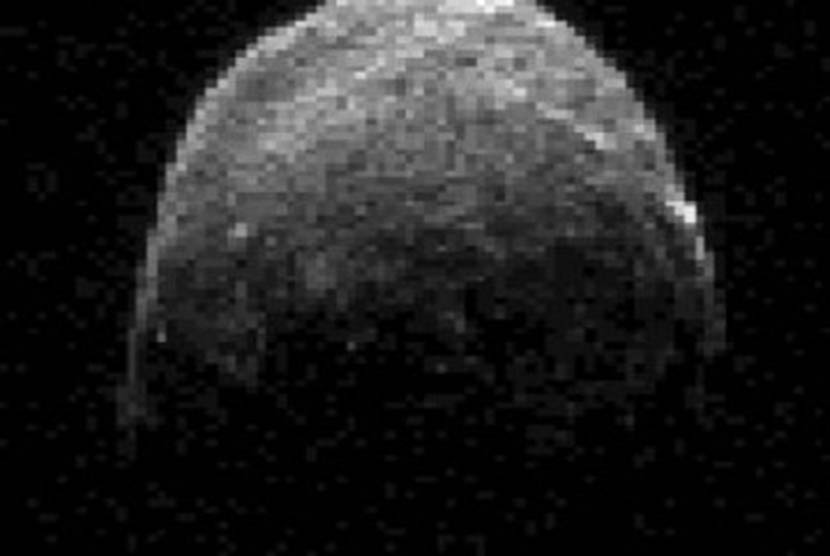The DART mission was launched in November 2021 and will reach its target in September 2022.
REPUBLIKA.CO.ID, JAKARTA — In November 2021, American Space Agency (NASA) launch mission Double Asteroid Redirection Test (DART). Later, the plane was targeted to hit the asteroid and deliberately changed orbit.
This collision is part of a test mission to save Earth from the threat of an asteroid that might hit Earth. In short, penabrak DART is an ambitious mission to test the feasibility of using a kinetic impactor to deflect an asteroid toward Earth.
This mission is used to protect Earth from the threat of dangerous asteroids that could potentially hit Earth. NASA launched DART aboard its SpaceX Falcon 9 rocket in November 2021 and will arrive at its targets, the near-Earth asteroid Didymos and its tiny moon, Dimorphos, in September 2022.
Didymos is one of the asteroids that is twice as large as asteroids in general. This Didymos measures 800 meters with a smaller “moonlet” called Dimorphos. Dimorphos is about 150 meters in size, which is a very distinctive size than an asteroid that can pose a significant threat to Earth.
Reported from The Financial ExpressThursday (30/6/2022), a simulation study was published on June 1 in The Planetary Science Journal. DART will hit Dimorphos at 14,760 miles/hour (23,760 km/h).
Mission scientists hope the impact will cause the orbital speed of its tiny moon to change by a fraction of a millimeter per second, enough to change its orbit around the larger asteroid.
Didymos and Dimorphos are no threat to Earth. Both are perfect candidates for testing the concept of a kinetic impactor so NASA will have a viable option for planetary defense should the asteroid be found in a collision course in the future. This is the first planetary defense mission dedicated to the US space agency.
The last asteroid impact on Earth occurred 66 million years ago, which led to the extinction of the dinosaurs. In simulations conducted by the University of Bern and the National Center of Competence in Research Planets scientists, the researchers created a new modeling approach to account for the shock waves and crater processes that would follow the impact of DART.
Unlike previous simulations, the model takes into account that Dimorphos may not have a dense core, but a fragmented and loose core. This model shows that DART mission could eject more matter from Dimorphos than previously thought and potentially change its direction much more powerfully.
“Contrary to what one might imagine when imagining asteroids, direct evidence from space missions such as the Japan space agency’s Hayabusa2 probe (JAXA) suggests that asteroids can have very loose internal structures, similar to piles of debris held together by gravitational interactions and tiny cohesive forces. ,” said lead author Sabina Raducan, a postdoctoral researcher at the University of Bern.


